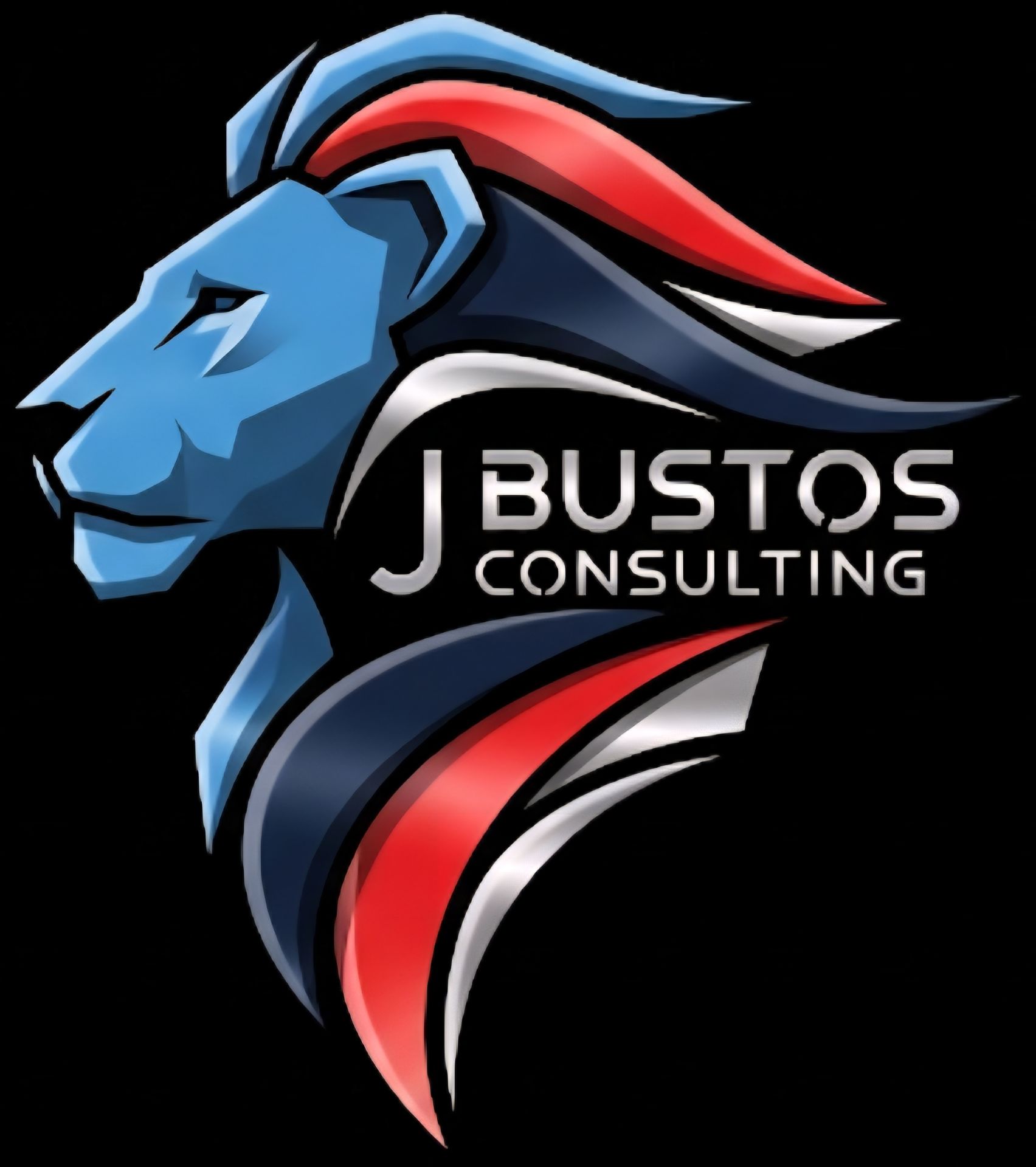Boost Your Business Efficiency with AI: A Step-by-Step Guide
Understanding AI in Business
Artificial Intelligence (AI) is revolutionizing the way businesses operate, offering tools that enhance productivity and efficiency. By leveraging AI, businesses can automate routine tasks, gain deeper insights from data, and provide personalized customer experiences. This guide aims to help you understand how to implement AI effectively in your business operations.

Identifying Opportunities for AI Implementation
Before diving into AI adoption, it's crucial to identify areas within your business that can benefit the most from automation and intelligent systems. Start by analyzing repetitive tasks that consume a lot of time and resources. These may include data entry, customer service inquiries, and inventory management. AI can streamline these processes, allowing your team to focus on more strategic activities.
Choosing the Right AI Tools
Once you've identified areas for improvement, the next step is selecting the right AI tools. There are numerous AI solutions available, each tailored for specific business needs. Consider tools that offer predictive analytics, natural language processing (NLP), and machine learning capabilities. Evaluate different options based on their features, ease of integration, and scalability.

Integrating AI with Existing Systems
Successful AI integration requires a strategic approach. Begin by ensuring compatibility with your current systems. This might involve updating software or hardware to accommodate new AI technologies. Collaborate with IT professionals to seamlessly integrate these tools into your operations without disrupting existing workflows.
Training Your Team
Your team plays a pivotal role in the successful deployment of AI technologies. Organize training sessions to familiarize them with new tools and processes. Encourage an open-minded approach to learning and adapting to technological changes. This will not only boost efficiency but also foster a culture of innovation within your organization.

Monitoring and Measuring Success
After implementing AI solutions, it's essential to continuously monitor their performance and impact on your business. Establish key performance indicators (KPIs) to measure success. These could include improvements in productivity, customer satisfaction, or cost savings. Regular assessments will help you identify areas for further optimization.
Scaling AI Solutions
As your business grows, so should your AI capabilities. Look for opportunities to scale your AI solutions to other areas of your operations. Whether it's enhancing customer experiences through chatbots or optimizing supply chain logistics with predictive analytics, expanding your AI footprint can drive long-term success.
In conclusion, integrating AI into your business operations can significantly enhance efficiency and productivity. By following a structured approach, you can ensure a smooth transition and unlock the full potential of AI technologies to propel your business forward.
